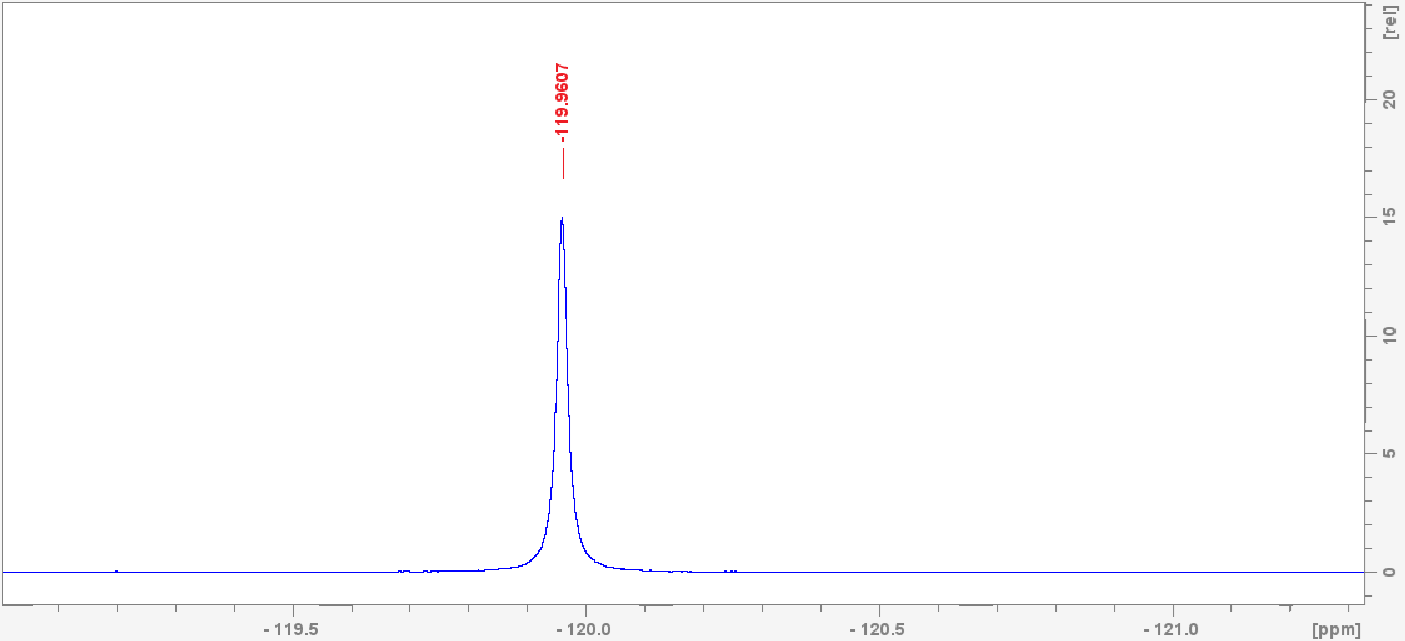Acetylferrocene Synthesis & Electroanalysis
09/12/24
Tip from this experiment!
Cutting corners in terms of reflux time will lead to lower yields!
Fun Chemistry Facts
It's believed ferrocene was first discovered in the 1930s while trying to crack dicyclopentadiene in hot iron pipes! Acetylferrocene was once used as an additive to rocket propellant..
Acetylferrocene Synthesis and Electroanalysis
Synthesis:
- 1.49g Ferrocene dissolved in 5 mL acetic anhydride in 100 mL r.b.f. with stir bar.
- Stirred at r.t. on dry-syn block, hotplate with temperature probe.
- 1.5 mL phosphoric acid added over 2 minutes (solution turns red).
- Heated at 50 °C for 10 minutes, left to cool.
- Tracked with TLC. One drop into vial of 2 mL 1:4 Et2O:petrol (40-60) + 1 mL 2 M sodium acetate.
- Solution poured into 150 mL 2M sodium acetate.
- Washed with Et2O (3 x 50 mL).
- Saturated NaHCO3 to organic layer until bubbling stops.
- Dried with MgSO4.
- Rotary evaporated. Crude - 1.42 g.
- Column with wide-bore setup with 200 micron silica and 4-5 mL toluene. Eluted with 1:5 Et2O:Petrol.
- Initial yellow band discarded.
- Product rotary evaporated. Product - 0.36 g, 19.7% yield.
- Acetylferrocene is an orange powder!!
Notes:
- Be gentle while dissolving the ferrocene initally. Can easily not react if stuck on the sides of the flask.
- Try not to get acetylferrocene powder on your skin. Apparently they can absorb through and cause brain damage?? Wish my professor had told me that...
Voltammetry:
- 1 mg Fc into 1 ml butyronitrile + 50 μL perchloric acid.
- 20 μL onto gold electrode.
- Three different scan rates cyclic voltammogram measured.
- Square-wave voltammogram measured.
- 1 mg product in 1 mL butyronitrile + 40 μL perchloric acid.
- Same measurements.
CV Settings
- t eq = 5 s
- E begin = -0.2 V
- E vertex 1 = 0.6 V
- E vertex 2 = -0.2 V
- E step = 0.01 V
- Scan rate = 0.1, 0.25, 0.5 V/s
SW settings
- t eq = 5 s
- E begin = 0.6 V
- E end = -0.2 V
- E step = 0.01 V
- Amplitude = 0.1 V
- Freqency = 20 Hz

